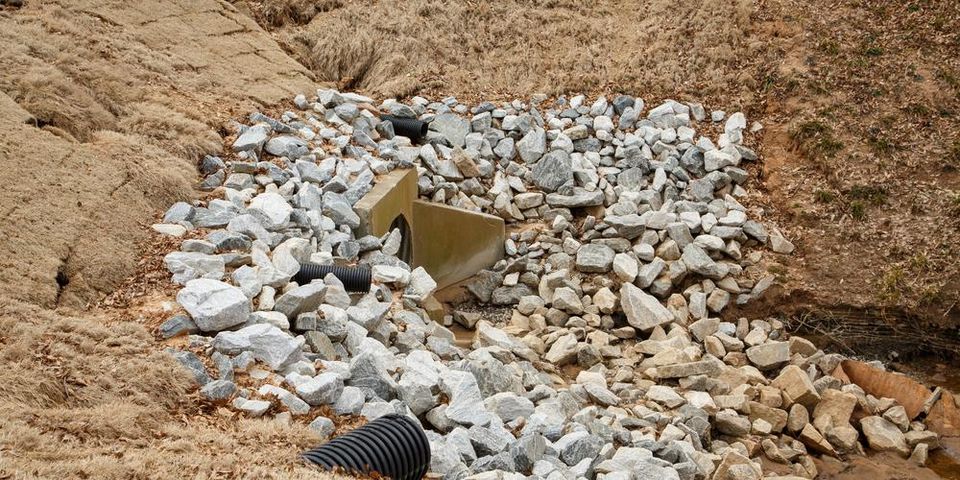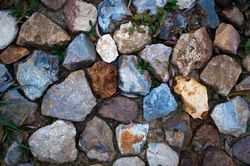Stone & Gravel Contracting Experts Discuss Using Sand, Stone & Gravel for Property Drainage

Drainage ditches prevent water from pooling in yards, preventing flooding. There are several ways to create better drainage, and here, the stone and gravel experts at LP Stewart & Sons in Lincoln, NE, give their top tips on how to use rock, sand, and gravel to create efficient drainage systems.
Why Stone?
Drainage ditches work well when water can pass through in a controlled fashion. A torrent will erode the ditch and your yard, but not enough flow will create a dam. Stone of varying sizes creates a path where water can flow while slowing it down enough to prevent erosion and allows it to move fast enough to prevent pooling.
 What Type to Use?
What Type to Use?
The variety of stone you use depends on the purpose. A good drainage ditch is comprised of layers of rock, sand, and gravel; others work well with just gravel of different sizes. Do you have severe water build-up that calls for a larger, heartier ditch or just a small passageway for water to flow through? Larger rocks should be used for ditches expected to undergo the most flooding, while bulk sand or pea gravel can be purchased if only gentle drainage is needed. When using smaller stones, line the edges of the ditch with either heavy-duty plastic or larger rocks and stone to help stabilize the trench and reduce erosion.
Use Existing Hills
Since water flows downhill, you want your drainage system to work within the existing topography of your yard. Trying to work against gravity never works, so plot your ditch according to existing hills and slopes starting with the areas that flood the most. For steep slopes, create breaks or diversions, so the water doesn’t flow through too fast, which will erode your ditch and yard.
Not sure how to get started? Call the professionals at LP Stewart & Sons at (402) 423-5676. The staff there would be happy to discuss your drainage project. With a variety of landscaping materials to fit any project, they are ready to help make yours a success. Visit their website for more information on their services.
About the Business
Have a question? Ask the experts!
Send your question

